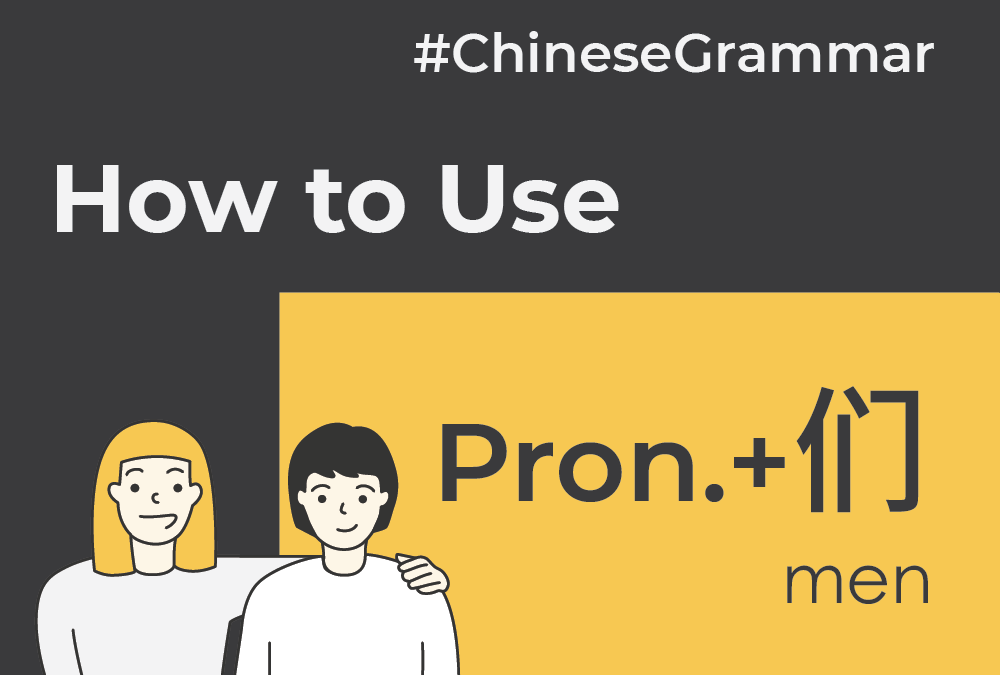
by NihaoCafe | Aug 17, 2021 | Basics
们 men (plural particle for pronouns and human nouns) 们 men (plural particle for pronouns and human nouns) FUNCTION To turn a pronoun into its plural form (“I → we”), add a particle 们 (men) to it: 我 →我们 wǒ → wǒmen I → we 他 → 他们 tā → tāmen he → they STRUCTURE...
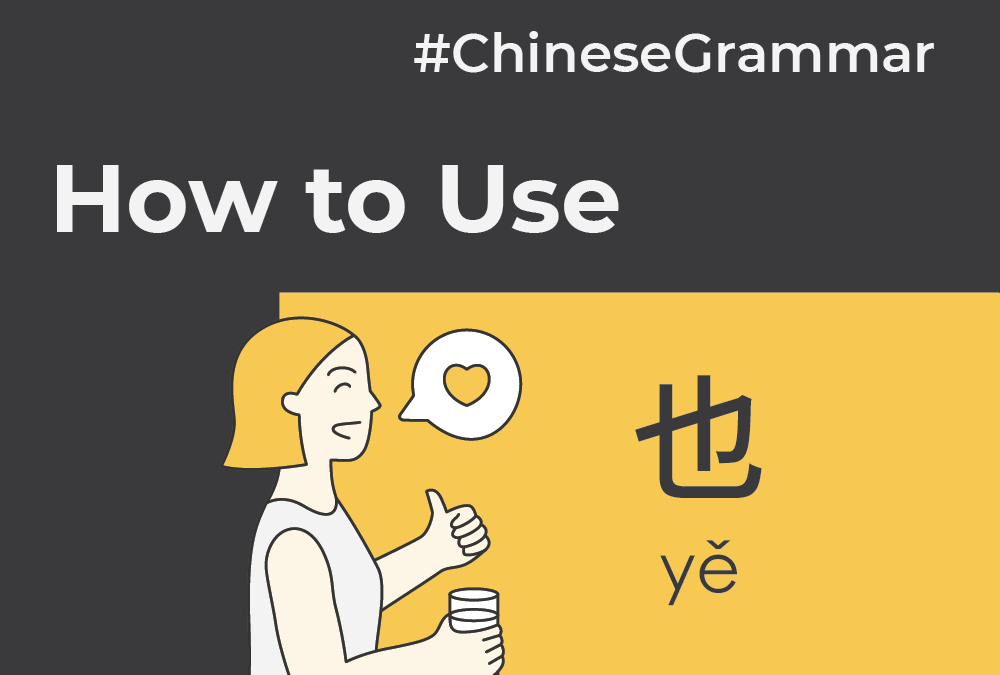
by NihaoCafe | Aug 17, 2021 | Basics
也 yě also; too 也 yě also; too FUNCTION 也 (yě) means “also, too”. You can use it to say things like “I’m happy too”, or “She’s also a teacher”. Notice that 也 always comes before the verb: 我也是美国人。 Wǒ yě shì Měiguórén. I’m American too. (lit. “I-also-am-American.”)...
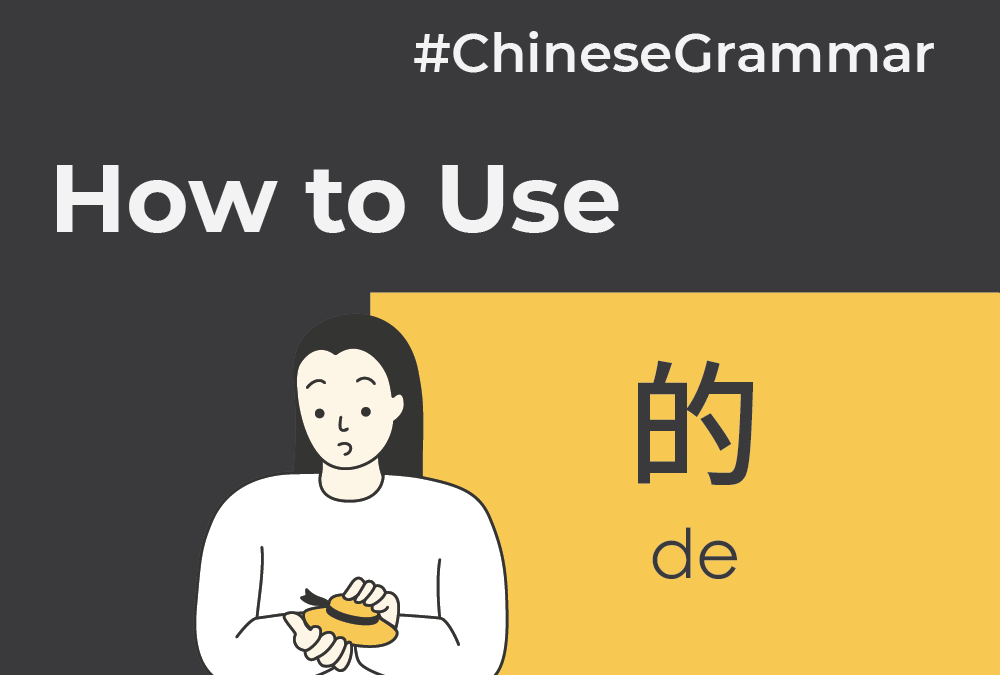
by NihaoCafe | Aug 16, 2021 | Basics
的 de (possessive particle) 的 de (possessive particle) FUNCTION To say things like “my car”, “her cat” — to show that something belongs to someone — use 的 (de). It works as a glue between the [person] and the [object]: 我的车 Wǒ de chē My car 我的老师是美国人。 Wǒ de lǎoshī shì...
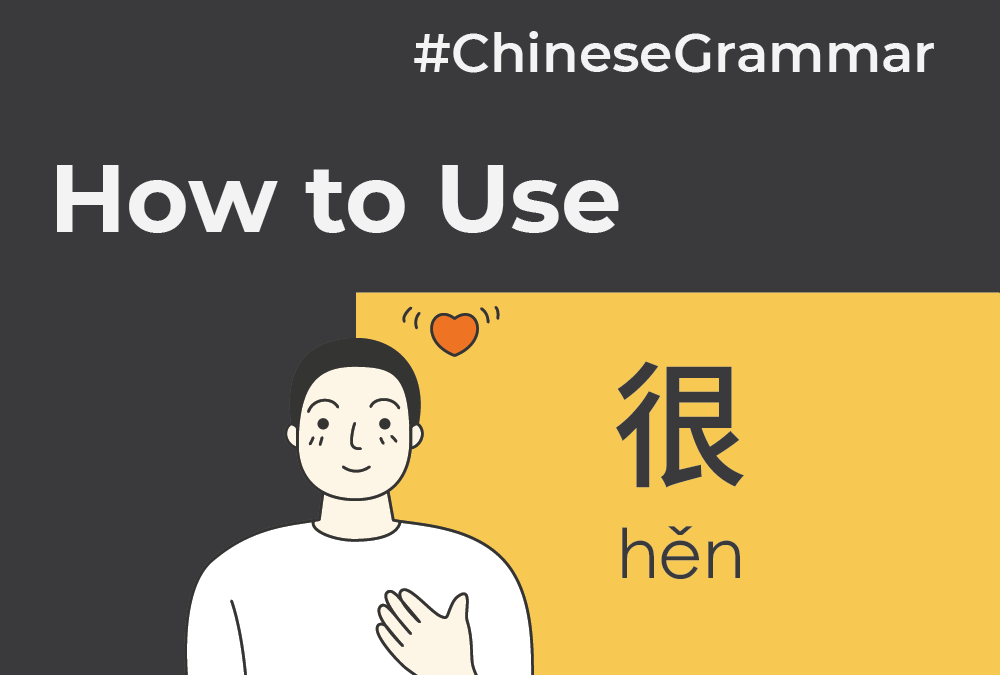
by NihaoCafe | Aug 16, 2021 | Basics
很 hěn very 很 hěn very FUNCTION 很 (hěn) literally means ‘“very”. But it can also work as a verb “to be” before adjectives 我很高兴。 Wǒ hěn gāoxìng. I am happy. 我很好。 Wǒ hěn hǎo. I am good. STRUCTURE Subject + 很 + adj Practice with the Quiz Got the 很 grammar? It’s time...
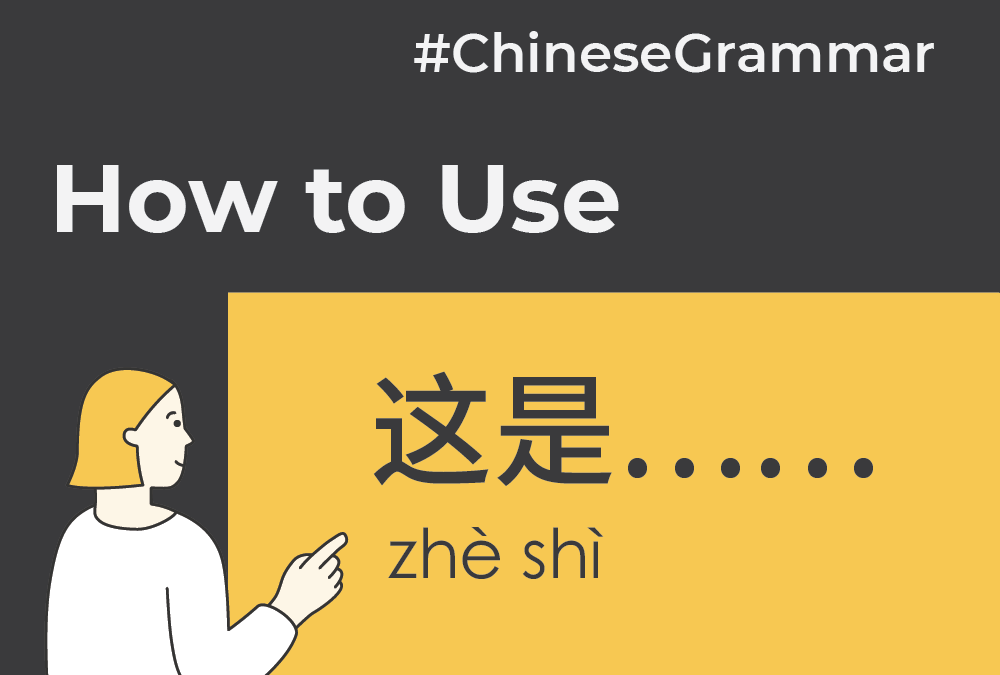
by NihaoCafe | Aug 16, 2021 | Basics
这是 zhè shì This is… / These are… 这是 zhè shì zhè shì FUNCTION To introduce someone or something, start your sentence with 这是 (zhè shì): 这是May。 Zhè shì May. This is May. 这是你的老师。 Zhè shì nǐ de lǎoshī. This is your teacher. STRUCTURE 这是 + Person/Object...






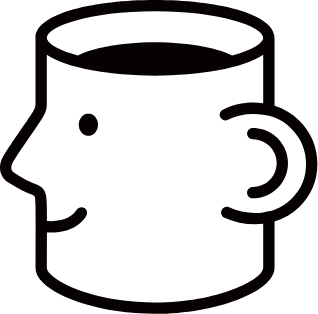
Recent Comments